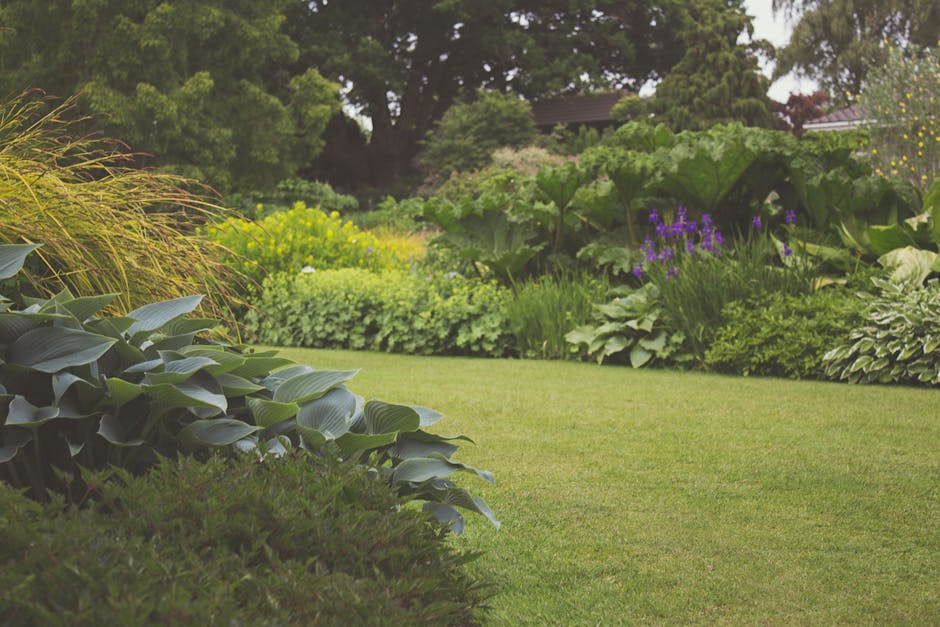As winter approaches, gardeners need to start thinking about how to protect their beloved gardens from the harsh weather conditions. Winterizing your garden is essential to ensure that your flowers, plants, and trees survive the cold months and thrive come springtime. With a little preparation and care, you can set your garden up for success even in the coldest of winters. In this article, we will provide you with some top tips for winterizing your garden to help you maintain a beautiful and healthy outdoor space all year round.
Preparing Your Plants for Winter
When it comes to winterizing your garden, the first step is to prepare your plants for the colder months ahead. Start by cleaning up your garden beds and removing any dead plants or debris. This will help prevent diseases and pests from taking hold during the winter. Next, trim back any overgrown branches or foliage on your plants to promote healthy growth in the spring. Be sure to mulch around the base of your plants to protect their roots from freezing temperatures. Mulch also helps retain moisture in the soil, which is crucial for the survival of your plants during the winter.
Protecting Your Trees
Trees are an essential part of any garden, so it’s important to take steps to protect them during the winter months. Start by inspecting your trees for any signs of damage or disease. Prune away any dead or damaged branches to prevent them from falling and causing further harm. Consider wrapping the trunks of young trees with burlap or tree wrap to protect them from frost damage. You can also apply a layer of mulch around the base of your trees to insulate their roots and retain moisture.
Winterizing Your Flower Beds
Your flower beds also need special attention when winterizing your garden. Start by cutting back any perennials that have finished blooming and removing any annuals that have died off. Consider planting winter-blooming flowers, such as pansies or winter jasmine, to add color to your garden during the colder months. Mulch around your flower beds to protect your plants’ roots and prevent them from heaving out of the ground during freeze-thaw cycles. Consider covering delicate flowers with a frost cloth or burlap to protect them from extreme cold.
Protecting Potted Plants
If you have potted plants in your garden, don’t forget to winterize them as well. Move any sensitive plants indoors or to a sheltered area to protect them from freezing temperatures. For larger potted plants that can’t be moved, consider wrapping the pots in bubble wrap or burlap to insulate them. Place potted plants close together to create a microclimate that will help keep them warm during the winter.
Additional Tips for Winterizing Your Garden
In addition to the tips mentioned above, there are a few more things you can do to winterize your garden effectively. Consider investing in a cold frame or greenhouse to extend your growing season and protect delicate plants from the cold. Keep an eye on the weather forecast and be prepared to cover your plants with a frost cloth or burlap if temperatures are expected to drop below freezing. Finally, make sure to water your plants thoroughly before the ground freezes to help them survive the winter months.
By following these top tips for winterizing your garden, you can ensure that your garden stays healthy and vibrant all year round. With a little preparation and care, you can protect your flowers, plants, and trees from the harsh winter weather and set them up for success when spring arrives. So don’t wait until the first frost hits – start winterizing your garden today and enjoy a beautiful outdoor space no matter the season.

